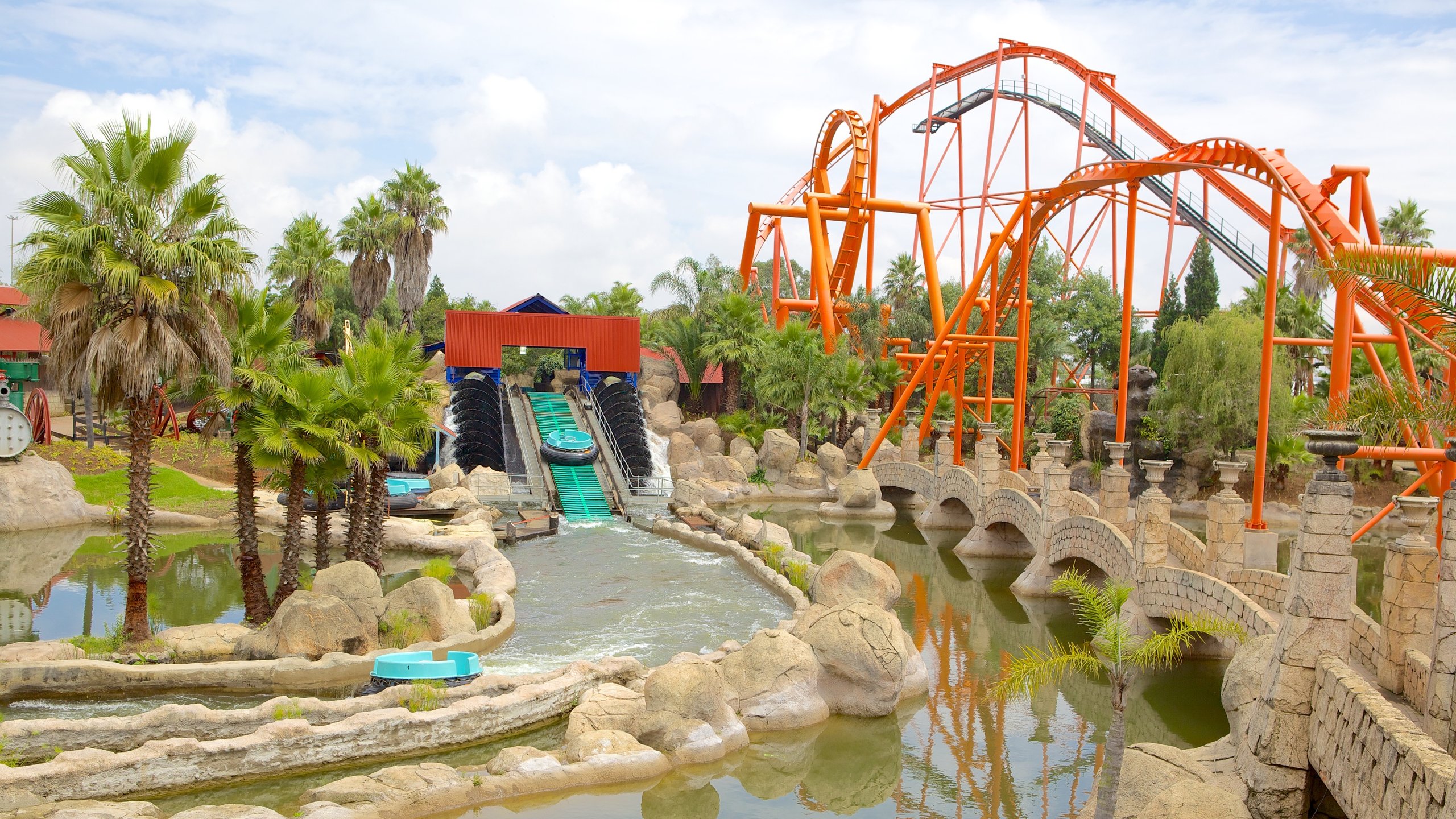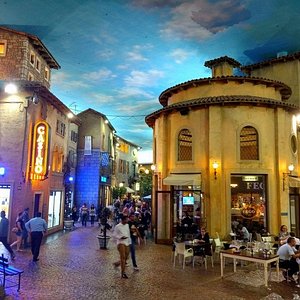Our Johannesburg North Attractions Diaries
Our Johannesburg North Attractions Diaries
Blog Article
Excitement About Johannesburg North Attractions
Table of ContentsJohannesburg North Attractions for BeginnersLittle Known Facts About Johannesburg North Attractions.How Johannesburg North Attractions can Save You Time, Stress, and Money.Johannesburg North Attractions Things To Know Before You BuyJohannesburg North Attractions for BeginnersGetting My Johannesburg North Attractions To Work
The city grew on the side of the Witwatersrand Main Reef, a below ground stratum of gold-bearing quartz-silica corporation that arcs for hundreds of miles beneath the Highveld - Johannesburg North attractions. Most of the gold mines in the city ceased operation in the 1970s, however in its day the Witwatersrand gold sector accounted for more than 40 percent of the globe's yearly gold production.Johannesburg has a temperate environment. Summer temperatures average concerning 75 F (24 C); winter months temperature levels balance about 55 F (13 C) and just occasionally dip below freezing. The city delights in regarding eight hours of sunshine daily in both wintertime and summer. Rainfall averages concerning 28 inches (700 millimetres) per year, but the total differs considerably from year to year.
What rain the city obtains drops nearly exclusively in the summer season months, often in stunning late-afternoon electric tornados., where many homeowners still depend on coal for gas.

Indicators on Johannesburg North Attractions You Should Know
The equilibrium of the city is occupied by whites. Lodging varies in character and high quality. Soweto is well-known for its endless rows of municipally built, two-room matchbox homes, yet it also has a few flourishing territories in addition to brimming squatter camps, where tens of thousands live without water, power, or hygiene facilities.
Physical growth, although rather limited by transport, proceeded swiftly as immigration to South Africa, and Johannesburg in particular, boosted dramatically.
A lot of poor suburbs were blended, with poor blacks and whites living together, although the rich suburban areas were normally booked for whites.
The number of individuals living in the internal city on an informal basis is unknown, as many are prohibited immigrants. The joblessness, education, and age accounts of the area are all unknown, due to the problem of acquiring trusted info about the area.
Our Johannesburg North Attractions Ideas
Centred on the CBD, the region consists of the residential areas of Yeoville, Bellevue, Troyeville, Jeppestown, and Berea to the east. To the west it spreads out to Pageview (Johannesburg North attractions) and Fordsburg. There are small commercial areas to the south, such as City West-Denver and Benrose. Around 800,000 travelers travel through the central city each day, and it operates as a regional purchasing node for visitors from the southern suburbs. Yeoville and Bellevue have a mix of apartment and single domestic units on little lots. The region is situated on a hilly divide that ranges from eastern to west. The most noticeable geographical feature is Observatory Ridge, which is named for the huge observatory situated on it. The entertainment areas are no more used, as a result of security issues.

Johannesburg North Attractions for Dummies
R. Tambo International Airport Terminal). The eastern suburbs are a few of the earliest areas of Johannesburg, there are large areas of Jewish and various other European backgrounds, the bulk of the populace is English talking. There are three fairway in addition to a number of safeguarded ridges with viewsites. There are several strong and up-market amusement and shopping areas in the eastern such as the Eastgate Purchasing Centre and the Greenstone buying centre.
The location is mostly composed of old "matchbox" houses, or four-room residences constructed by the federal government, that were developed to give affordable lodging for black employees throughout discrimination. Soweto is an acronym, representing "South Western Townships". Street after street around is lined with matchboxes; however, there are a few smaller sized locations where prosperous Sowetans have see post actually built houses that are a lot more comparable in stature with those in even more wealthy suburbs.
Hostels are another noticeable physical attribute of Soweto. Initially developed to house male migrant workers, numerous have actually been enhanced as houses for couples and families. The N1 Western Bypass skirts the eastern border of Soweto. The suburban area was not traditionally allowed to develop work centres within the area, so mostly all of its residents are travelers to other parts of the city.
Some Known Details About Johannesburg North Attractions
The her explanation domestic areas in the north suburbs are mostly official, with no significant areas of informal real estate, or real estate that does not have a long-term framework. This is a recognized area, there is a fad of land usage change from residential to commercial, particularly along primary arterial roads and Related Site around well established nodes.
The location is well linked to roadway networks, particularly along the north-south axis created by the M1 and N1. Roads to the eastern and west are much less well established, as there are no highways travelling in that direction. In the direction of the northern boundary of the city, the thickness of advancement decreases, leaving big locations of primitive land around Midrand.
Johannesburg North Attractions for Beginners
, which is situated on a hill overlooking the internal city and Hillbrow.
Report this page